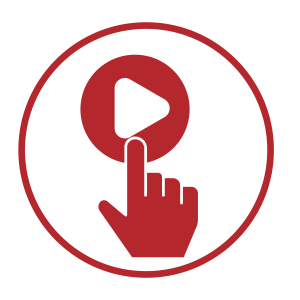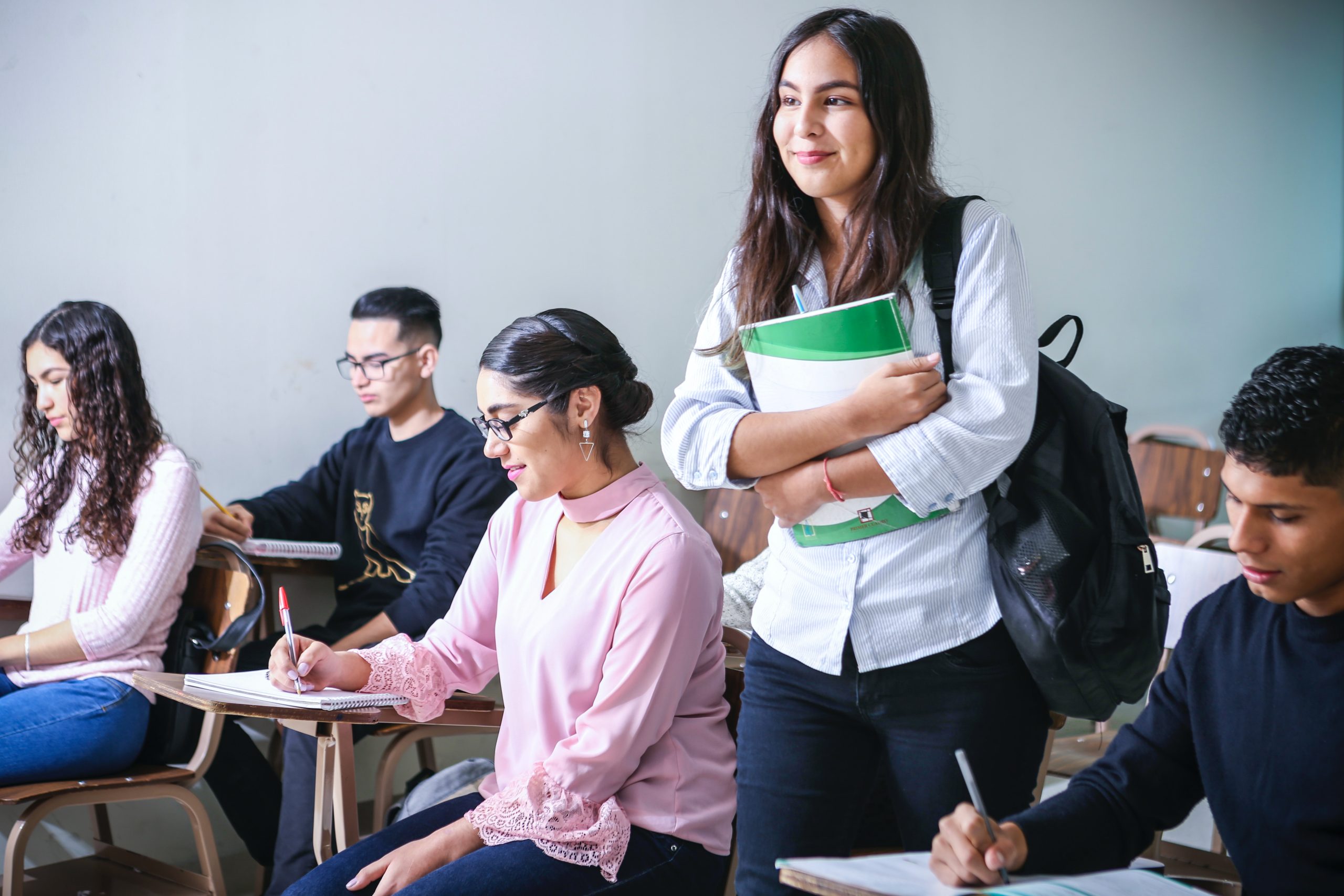10.3 How Do You Read to Learn?

Getting Started
Ask yourself the following questions:
- Are you able to read material to identifying the important information that you can use to complete tasks?
- How do you stay focused when faced with the large amount of reading required in college?
- Can you process information better if you read it online or on paper in your hand?
- When can you focus better–morning, afternoon, evening?
- Can you adapt your reading based on what you will need to do with the information you read?
- Do you schedule blocks of time to read based on the material you are reading?
Active Reading
Active reading is defined as a planned, deliberate set of strategies to engage with text-based materials with the purpose of increasing your understanding.
In college, most professors do not spend much time reviewing the reading assignment in class. Rather, they expect that you have done the reading assignment before coming to class and understand the material. The class lecture or discussion is often based on that expectation. Tests, too, are based on that expectation.
This is why active reading is so important, it’s up to you to do the reading and comprehend what you read.
How Do You Read to Learn?

The four steps of active reading are almost identical to the four phases of the learning cycle—and that is no coincidence! Active reading is learning through reading the written word, so the learning cycle naturally applies.
Active reading involves these steps:
-
- Preparing
- Reading
- Capturing the key ideas
- Reviewing
1. Preparing to Read

Consider the textbook/article/assignment
Start by thinking about why your professor has chosen this text. Look at the table of contents; how does it compare with the course syllabus?
Scan the chapter
Explore the chapter by scanning the pages of the chapter to get a sense of what the chapter is about. Look at the headings, illustrations and tables. Read the introduction and summary. Understanding the big picture of the chapter will help you add the details when doing close reading.
Identify your purpose
Give yourself direction by creating a purpose or quest for your reading. This will help you become more actively engaged in your reading. Create questions to find the answers to in your reading using the headings of each section. You may also have learning objectives listed at the front of each chapter which could be turned into questions or you may have chapter review questions prepared for you at the end of the chapter.
2. Reading
Take the first question you have prepared and think about what you already know about this question. Jot the question down on paper. Begin to read the chapter and stop when you have found the answer.
Write down the answer in short form. Leave some space for additional notes you may want to add later and add the next question. Continue reading this way until you are done the chapter or are done studying for this session.
3. Capturing the key ideas

Before you put away your textbook and notes at the end of a reading session, go back through the questions you answered and pull out key ideas and words. You can highlight these, jot them in the space you left below your answer or note them in the margins.
4. Reviewing what you read
For each question, cover up the answer and key ideas you have written. Can you still answer the question? Check your mental review against what you have written.
Additional Reading Tips
The four steps to active reading provide a proven approach to effective learning from texts. Following are some tips you can use to enhance your reading even further:

Use the tool. If you know you can understand better if you read something on paper, then print out important assignments so you can add questions, make notes, highlight important parts, etc.
Pace yourself. Figure out how much time you have to complete the reading assignment. Divide the assignment into smaller blocks rather than trying to read the entire assignment in one sitting.
Schedule your reading. Set aside blocks of time, preferably at the time of the day when you are most alert, to do your reading assignments. Read your most difficult assignments early in your reading time, when you are freshest.
Get yourself in the right space. Choose to read in a quiet, well-lit space. Your chair should be comfortable but provide good support.
Avoid distractions. Active reading takes place in your short-term memory. Every time you move from task to task, you have to “reboot” your short-term memory and you lose the continuity of active reading.
Avoid reading fatigue. Work for about fifty minutes, and then give yourself a break for five to ten minutes. Put down the book, walk around, get a snack, stretch, or do some deep knee bends. Short physical activity will do wonders to help you feel refreshed.
Make your reading interesting. Try connecting the material you are reading with your class lectures or with other chapters. Ask yourself where you disagree with the author. Approach finding answers to your questions like an investigative reporter. Carry on a mental conversation with the author.
 Applying Your Knowledge
Applying Your Knowledge
“9.2 How Do You Read to Learn?” from Fanshawe SOAR by Kristen Cavanagh is licensed under a Creative Commons Attribution-NonCommercial-ShareAlike 4.0 International License, except where otherwise noted.

